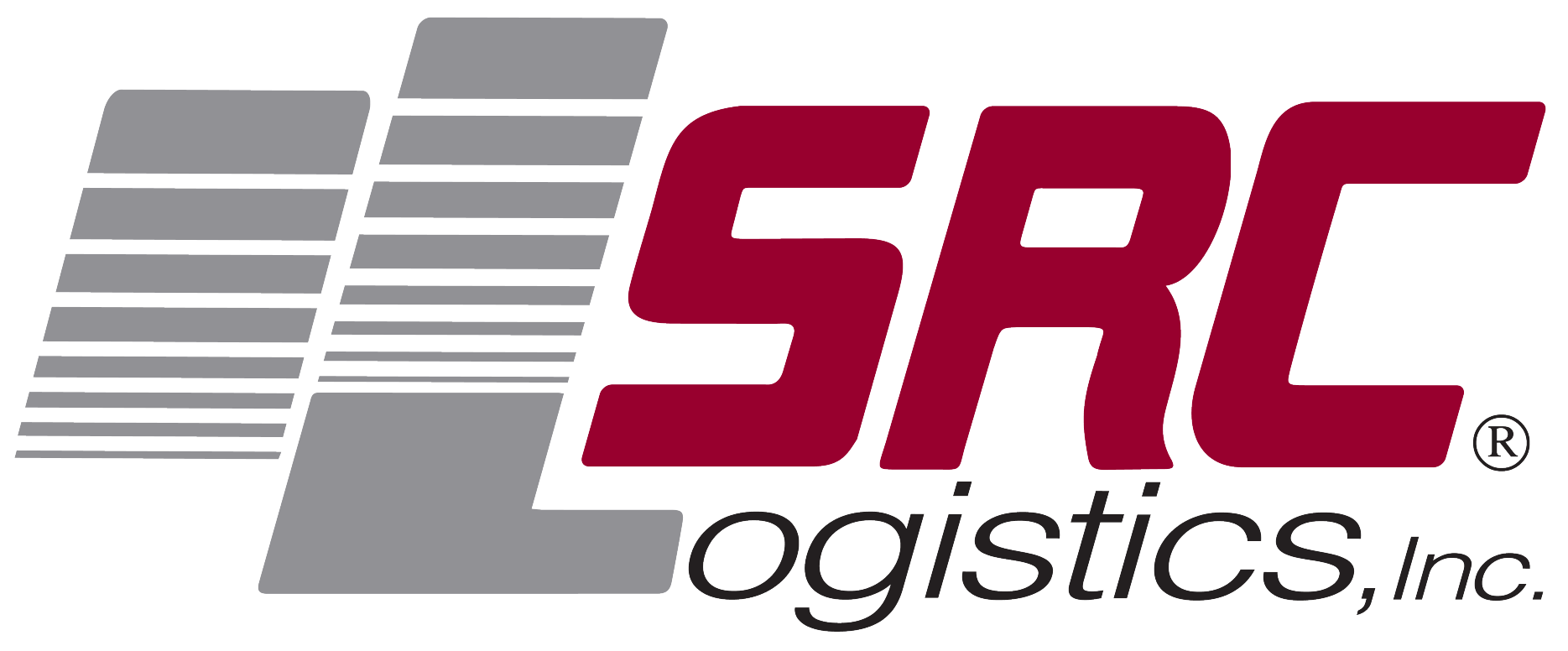More Reports Tout Circular Economy as Road to Emissions Reduction, Job Creation
A new report from relief and development charity Tearfund and the Institute of Development Studies suggests that businesses and governments could help save lives and create jobs by adopting a circular economy approach to waste management.
The report, entitled Virtuous Circle, uses case studies to demonstrate how circular economy business models can increase productivity and economic growth, improve the quality and quantity of employment, and reduce water and air pollution. In addition to these benefits, the authors assert that the circular economy, as an alternative growth model, could significantly contribute to achieving the Sustainable Development Goals (SDGs) and reduce the tension between lifting people out of poverty and protecting the planet.
“We are creating mountains of waste and it’s killing us and the planet. In many cases these pollutants can instead be used to reduce poverty through creating jobs and boosting the economy, by adopting a circular economy approach,” said Tearfund’s senior policy advisor Joanne Green.
“In our current linear economy, we make a product, we use it and when it breaks or there’s a newer model available, we discard it. This means that the materials used to make it are lost to landfill, and products are made from new materials; with a lot more greenhouse gases and other pollutants released in the process.”
Case studies from Brazil, Ghana, Kenya and India lend insight into the circular economy’s potential in development work. From waste-to-energy to resource efficiency projects and more, circular initiatives can improve standards of living and help prevent deaths linked to mismanagement of waste and pollutants. In particular, the report authors highlight that organic waste can be both a profitable source of renewable energy and fertilizer if used correctly.
The report offers ten recommendations for policymakers, including to reform tax systems and to set waste reduction and resource efficiency targets. Governments in low- and middle-income countries are advised to improve public waste management policy, support nascent remanufacturing and repair industries, and revise existing policies to remove inhibitions for circular models. Wealthy countries are encouraged to do more to support low- and middle-income countries’ transition, set tougher and safer design standards, develop finance opportunities, and invest in more research.
Virtuous Circle builds on the findings of previous studies that have outlined the social, economic and environmental benefits of transitioning to circular models. For instance, a report from think tank The Club of Rome released last year identified policy measures that would allow European Union (EU) countries to cut the continent’s emissions by as much as 70 percent by 2030.
The Club of Rome study examined three circular economy strategies: renewable energy, material efficiency, and energy efficiency. It emphasizes eco-based infrastructure design, emissions trading, renewable energy policies, strengthening targets for recycling, reuse and resource efficiency, and – importantly – a general shift in attitude towards reuse, repair and maintenance.
More recently, Dutch research institute CE Delft investigated the potential impacts of circular policies on emissions and found that recycling two-thirds of MSW can reduce annual greenhouse gas emissions by 4 percent in the EU, or by 6 percent globally.
While these and many other studies suggest that the circular economy is going mainstream in high-income nations, the Tearfund study is one of the first to examine more closely the implications for development.
“The longer we postpone the shift to a sustainable global economy, the worse it will be for the people living in poverty around the world. The evidence is clear,” Green said. “If we don’t want to undo the development of the past we need to transition to an economy that is good for people and the planet.”
